The satellite IoT market is rapidly expanding, with a growing number of operators offering specialized services for different applications. The key factors that differentiate these providers include the type of satellite network (LEO, MEO, GEO), the target use cases (from low-power sensor networks to high-throughput data services), and the industries they serve. Each operator brings unique strengths, whether in coverage, latency, cost, or service integration.

Astrocast

Technology: Astrocast operates a nanosatellite network in LEO.
Coverage: Astrocast aims to provide global IoT connectivity, covering 100% of the Earth’s surface, including remote land and sea regions. They cover Europe, Australia and New Zealand, South Africa – full list of countries available here.
Service: Astrocast provides a satellite service offering low-power, low-cost connectivity for IoT devices globally. As of January 2023, Astrocast operates 18 satellites, with plans to expand to a full constellation of 100 satellites by 2025.
Target Market: Agriculture, maritime, logistics, and environmental monitoring sectors.
EchoStarMobile
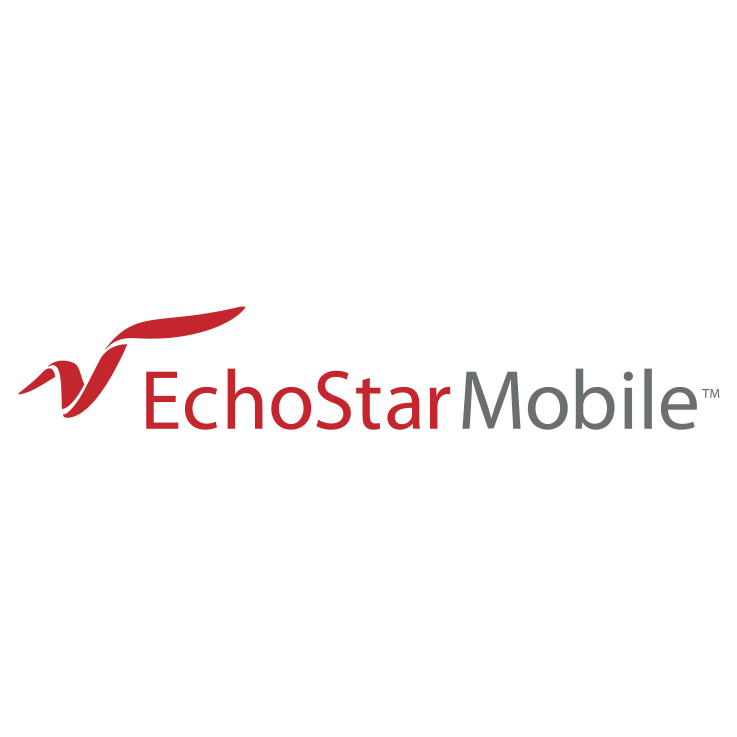
Technology: EchoStarMobile leverages an S-band satellite system combined with a terrestrial network to deliver hybrid satellite-terrestrial connectivity. Their innovative use of DVB-SH technology ensures seamless IP-based data and media delivery, enabling robust communication across Europe.
Coverage: EchoStar Mobile provides mobile satellite services across Europe, including all 28 member states of the European Union. Their services are designed to offer reliable connectivity for various applications, including IoT, particularly in areas lacking terrestrial coverage.
Service: EchoStarMobile provides reliable mobile satellite services, offering solutions such as IoT connectivity, satellite broadband, and direct-to-device communications. Their services cater to diverse applications, including asset tracking, remote monitoring, emergency response, and personal tracking, ensuring uninterrupted connectivity in challenging environments.
Target Market: EchoStarMobile serves industries such as maritime, utilities, agriculture, pipeline operations, and emergency services. Their solutions are designed to support enterprises operating in remote and underserved regions, providing cost-effective, secure, and efficient satellite-based communication options.
Eutelsat
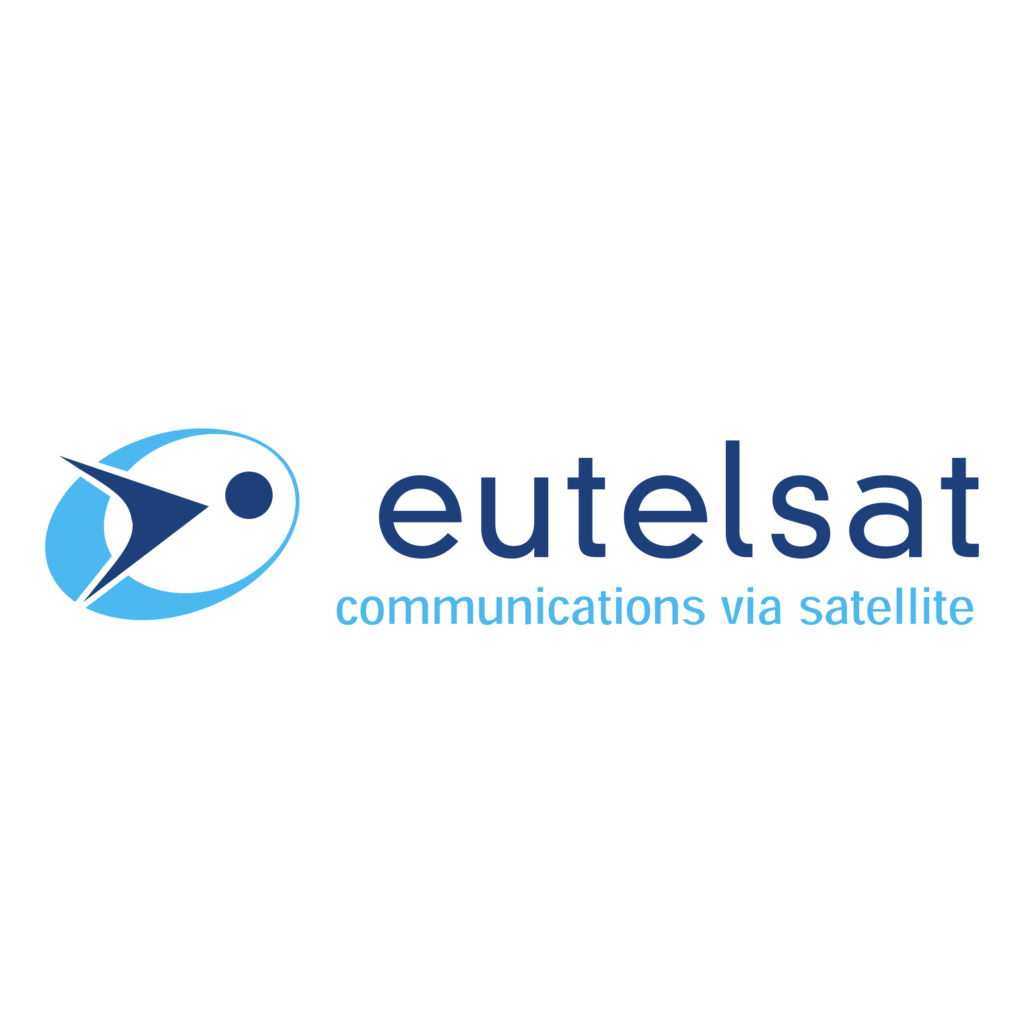
Technology: Eutelsat operates a fleet of GEO satellites.
Coverage: Developing a global IoT connectivity service targeting small data transmission for IoT devices, aiming to serve sectors like agriculture, logistics, smart cities, and environmental monitoring.
Service: Through its ELO (Eutelsat LEO for Objects) constellation, Eutelsat is developing a global IoT connectivity service, targeting small data transmission for IoT devices.
Target Market: Eutelsat’s IoT services aim to serve the agriculture, logistics, smart cities, and environmental sectors.
Fleet Space Technologies
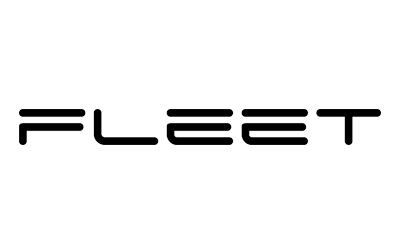
Technology: Fleet Space operates a LEO satellite constellation using advanced AI and seismic imaging for efficient data delivery.
Coverage: Fleet Space Technologies offers global IoT connectivity, focusing on industrial applications such as mining, energy, and logistics. The company is expanding its satellite constellation to enhance coverage and capacity.
Service: Fleet provides real-time IoT connectivity for industries requiring subsurface imaging, asset monitoring, and remote operations.
Target Market: Fleet targets mineral exploration, defense, space exploration, and industrial IoT applications, emphasizing sustainable and innovative solutions.
Fossa Systems

Technology: Fossa Systems operates a constellation of picosatellites in low Earth orbit (LEO).
Coverage: Provides global IoT connectivity, particularly in remote areas without mobile coverage, through their constellation of small satellites.
Service: Fossa Systems offers affordable, low-power IoT connectivity services designed for small data transmissions. Their network of picosatellites is specifically engineered to provide connectivity to IoT devices in remote or underserved areas. Fossa’s technology is designed to work with low-cost, low-power devices, making it ideal for mass deployment.
Target Market: Fossa Systems targets sectors such as agriculture, environmental monitoring, asset tracking, and smart cities. Their services are particularly suited for use cases requiring low data volumes and long device battery life, such as sensor networks and remote monitoring applications.
Globalstar
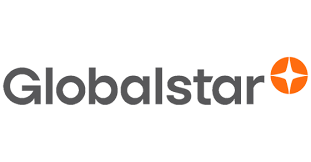
Technology: Globalstar operates a constellation of LEO satellites.
Coverage: Offers coverage across most of the continental United States, Canada, Mexico, Europe, Australia, parts of South America, and portions of North and South Africa, Northeast Asia, and hundreds of miles offshore of these areas. However, coverage may vary, and actual availability can be influenced by factors such as gateway deployment and local licensing.
Service: The Globalstar IoT service provides low-cost, low-power satellite connectivity for IoT devices. Their SPOT and Simplex data services are designed for asset tracking, remote monitoring, and emergency management.
Target Market: Globalstar’s services are used in transportation, agriculture, energy, and emergency services.
HEAD Aerospace

Technology: HEAD Aerospace operates a constellation of small LEO satellites, focusing on Earth observation and IoT connectivity.
Coverage: HEAD Aerospace operates a constellation of satellites providing global coverage for various applications, including IoT, Earth observation, and communication services. Specific details on the number of satellites and current coverage areas are limited.
Service: The company provides global IoT services under the Skywalker Constellation, offering low-power, wide-area connectivity for IoT devices, particularly in remote or underserved regions. HEAD also integrates its satellite IoT services with Earth observation capabilities for enhanced data applications.
Target Market: HEAD Aerospace focuses on industries such as logistics, environmental monitoring, maritime, and infrastructure, particularly where the integration of IoT with Earth observation data can provide added value.
Hiber
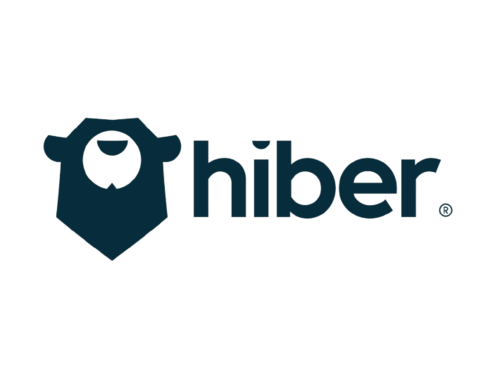
Technology: Hiber operates a constellation of small LEO satellites.
Coverage: Offers global IoT connectivity with a focus on remote monitoring and tracking applications, designed to be low-power and cost-effective for small data bursts.
Service: Hiber offers Hiberband , a global IoT connectivity service with a focus on remote monitoring and tracking applications. Their service is designed to be low-power and cost-effective for small data bursts.
Target Market: Hiber focuses on agriculture, oil and gas, environmental monitoring, and logistics.
Inmarsat
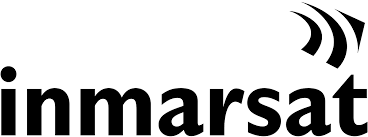
Technology: Inmarsat operates a network of geostationary (GEO) satellites.
Coverage: Global coverage, excluding polar regions, with services extending from latitudes of −82° to +82°.
Service: The company offers Inmarsat IoT services through its IsatData Pro and BGAN M2M solutions. These services provide reliable connectivity for IoT devices globally, with an emphasis on low-power and small-data applications.
Target Market: Inmarsat’s IoT services are widely used in sectors like agriculture, environmental monitoring, mining, and maritime.
Iridium Communications

Technology: Iridium operates a global constellation of 66 low Earth orbit (LEO) satellites.
Coverage: True global coverage, including polar regions, providing low-latency data transmission for various applications.
Service: Iridium provides the Iridium IoT service, which offers global coverage for IoT devices. The service supports low-latency data transmission for various applications, including maritime, aviation, and remote infrastructure monitoring.
Target Market: Iridium’s IoT services are used in industries such as oil and gas, transportation, agriculture, and environmental monitoring.
Kepler Communications
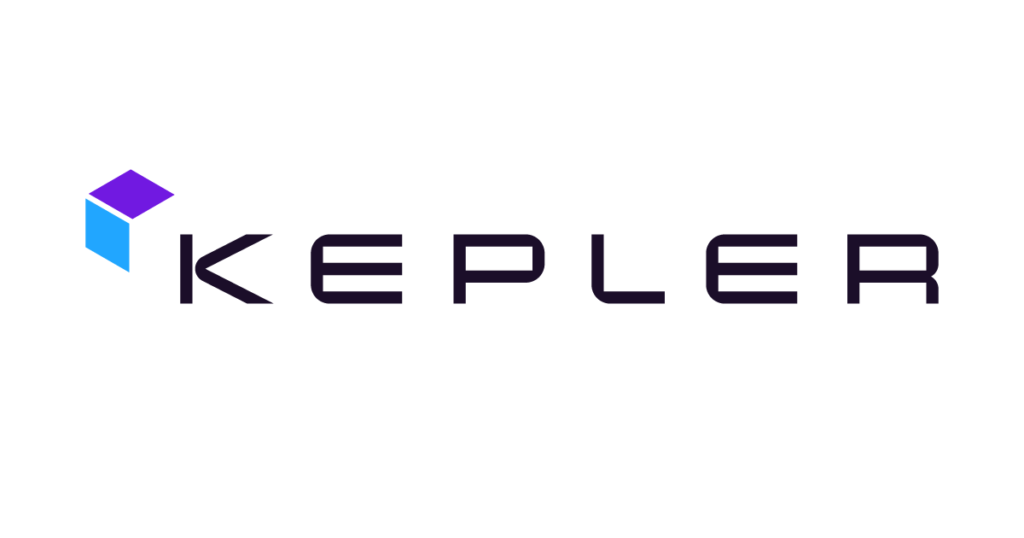
Technology: Kepler operates a growing network of nanosatellites in LEO.
Coverage: Provides global connectivity for IoT devices, focusing on low-power, wide-area network (LPWAN) connectivity via satellite.
Service: Kepler offers Global Data Service and Internet of Things Service (KINEIS), which provide connectivity for IoT devices anywhere on the globe. The focus is on providing low-power, wide-area network (LPWAN) connectivity via satellite.
Target Market: Kepler’s services are used in remote sensing, maritime, logistics, and environmental monitoring.
Kineis
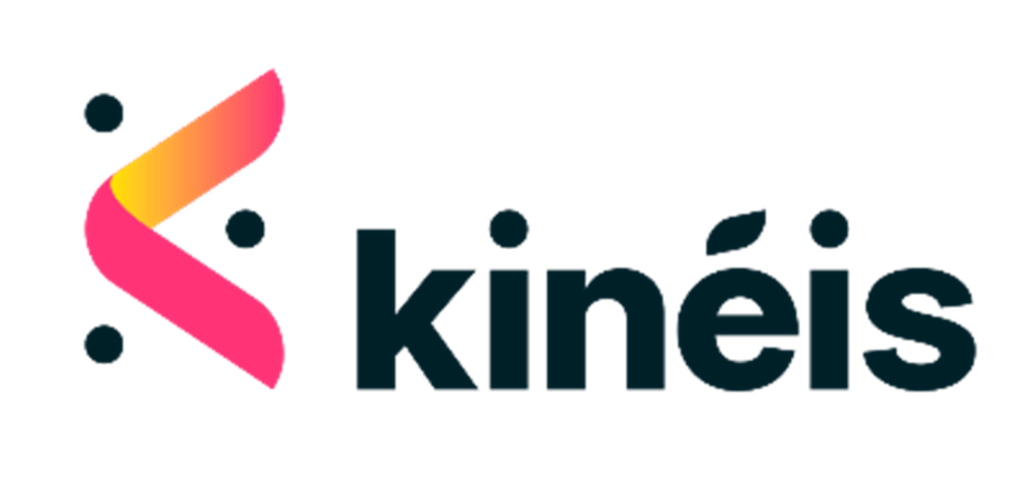
Technology: Kinéis operates a constellation of Low Earth Orbit (LEO) satellites, designed specifically for IoT connectivity. Kinéis plans to have a constellation of small LEO satellites by 2024 to provide continuous global coverage.
Coverage: Kineis is developing a constellation of 25 nanosatellites to provide global IoT connectivity, with a focus on maritime, logistics, and environmental monitoring sectors. The full constellation is expected to be operational by 2023, offering continuous global coverage.
Service: Kinéis offers low-power, low-data-rate satellite IoT connectivity for a wide range of remote applications. The service focuses on low-bandwidth communication, enabling devices to transmit small packets of data, such as telemetry or sensor readings, from any location on Earth.
Target Market: Kinéis targets industries that require global IoT connectivity in remote or hard-to-reach locations, where traditional cellular networks are unavailable. Key markets include environmental monitoring, maritime tracking, agriculture, logistics, and smart infrastructure.
Lacuna Space
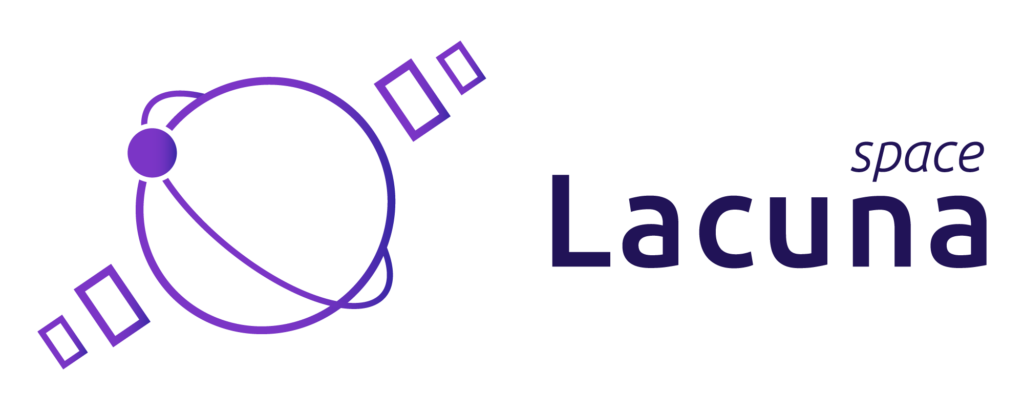
Technology: Lacuna Space operates a network of small LEO satellites.
Coverage: Lacuna Space is developing a satellite network to provide global IoT connectivity, focusing on integrating with existing LoRaWAN networks to offer seamless coverage, particularly in remote areas. They also offer an S band service including in South America.
Service: Lacuna Space provides IoT connectivity using LoRaWAN protocol over satellites. Their service is designed for low-power, low-data-rate IoT devices that need connectivity in remote or difficult-to-reach areas. New launches are expected from mid 2025.
Target Market: Lacuna Space is ideal for agriculture, environmental monitoring, logistics, and smart city applications, especially in areas where traditional networks are unavailable or unreliable.
Myriota
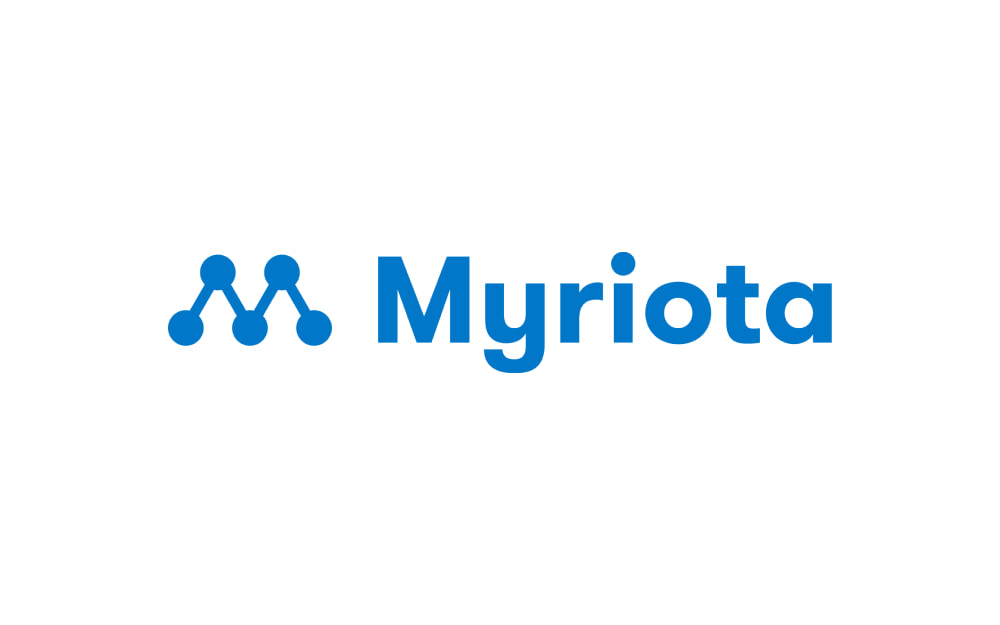
Target Market: Myriota’s solution is ideal for industries like agriculture, environmental monitoring, logistics, and utilities. Its service is particularly suited for applications in areas with limited or no traditional network coverage, offering reliable data transmission for critical operations such as resource management and asset tracking.
Coverage: Myriota provides global IoT connectivity, focusing on low-cost and low-power applications. As of February 2025, Myriota expanded its constellation by adding four new satellites, enhancing coverage and capacity, particularly in regions like Mexico, Brazil, Chile, Argentina, and the Middle East. USA is expected in 2025.
Technology: Myriota utilizes a network of low Earth orbit (LEO) nanosatellites to provide global IoT connectivity.
Service: Myriota delivers low-power, low-cost IoT connectivity without the need for terrestrial infrastructure. Using proprietary technology, Myriota enables small, battery-powered IoT devices to transmit data over long distances from remote and isolated areas. The service is designed for energy-efficient deployments, allowing devices to operate for years without battery replacement.
Plan-S
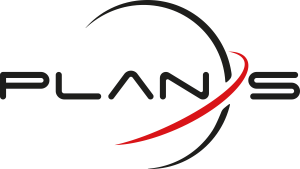
Technology: Plan-S is developing a constellation of small LEO satellites.
Coverage: Turkey with new geographis on line for 2025/6
Service: Plan-S focuses on providing affordable and accessible satellite IoT connectivity. Their services are designed to cater to small, low-power devices that require global coverage for applications such as asset tracking, remote monitoring, and smart agriculture.
Target Market: Plan-S is targeting sectors like logistics, agriculture, energy, and smart cities, with a focus on providing cost-effective IoT solutions that can operate in remote areas without traditional connectivity options.
Sateliot

Technology: Sateliot operates a constellation of nanosatellites in low Earth orbit (LEO).
Coverage: Sateliot is developing a constellation of nanosatellites to provide global IoT connectivity, aiming to complement terrestrial networks by offering seamless coverage in remote areas. Specific details on current coverage and the number of satellites in operation are limited.
Service: Sateliot aims to create the first satellite network compatible with the 5G NB-IoT standard, providing seamless global connectivity for IoT devices. Their service integrates with existing terrestrial NB-IoT networks, allowing devices to roam onto the satellite network when out of range.
Target Market: Sateliot’s services are targeted at a wide range of applications, including agriculture, environmental monitoring, logistics, and smart cities, focusing on enabling seamless, continuous IoT connectivity across the globe.
SES
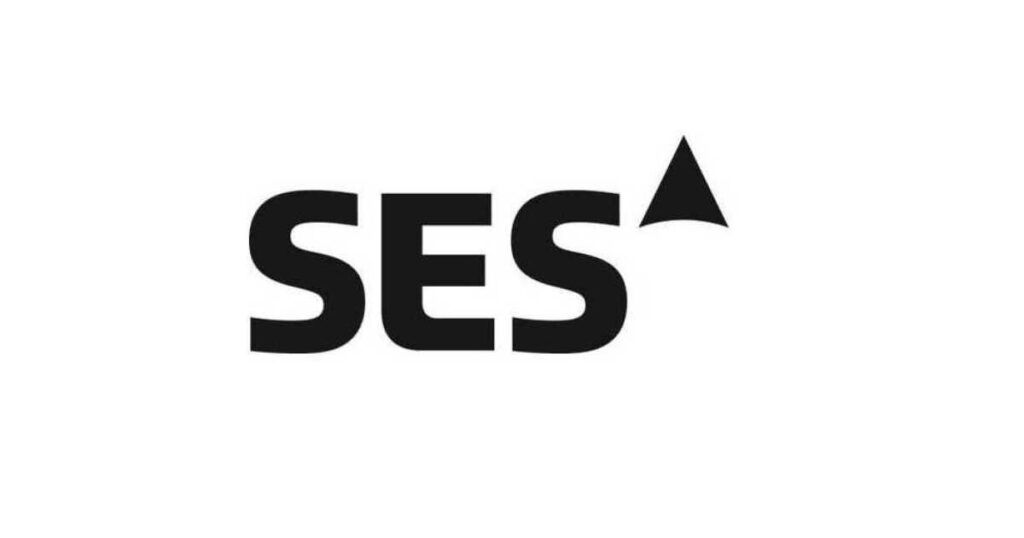
Technology: SES operates a fleet of GEO and medium Earth orbit (MEO) satellites.
Coverage: Offers extensive reach with steerable spot beams, enabling tailored coverage solutions across Europe, Africa, the Middle East, and the Asia-Pacific region.
Service: SES offers O3b mPOWER and SES Networks for IoT applications, providing high-throughput, low-latency connectivity for more data-intensive IoT use cases. They also offer managed services for integrating IoT into enterprise networks.
Target Market: SES’s IoT solutions are targeted at industries requiring high data throughput, such as aviation, maritime, and energy.
Skylo
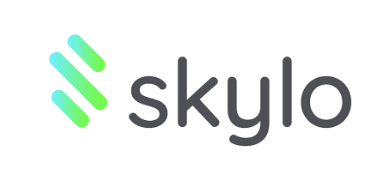
Technology: Skylo leverages a network of geostationary (GEO) satellites combined with terrestrial infrastructure to deliver cost-effective satellite IoT connectivity.
Coverage: Skylo leverages existing GEO satellites to provide IoT connectivity, focusing on industries such as agriculture, logistics, and maritime. Their services are designed to offer affordable and reliable connectivity, particularly in remote and underserved areas.
Service: Skylo offers Skylo Hub and Skylo Connect, enabling seamless, low-bandwidth IoT communication for remote and off-grid areas. The service is optimized for transmitting small, critical data packets from IoT devices, ensuring reliable connectivity with minimal power consumption.
Target Market: Skylo’s IoT services are utilized in industries such as agriculture, fisheries, logistics, and remote asset monitoring, empowering businesses to track assets, monitor equipment, and improve operational efficiency even in the most hard-to-reach locations.
Thuraya

Technology: Thuraya IoT & M2M Telemetry Solutions employs a robust global satellite network that extends connectivity beyond traditional terrestrial boundaries. Their scalable infrastructure ensures low-latency, secure data transmission—even in the most challenging and remote environments.
Coverage: Thuraya provides satellite communication services across Europe, Africa, the Middle East, Asia, and Australia, covering over 160 countries. Their services cater to various sectors, including maritime, land, and aeronautical communications.
Service: Thuraya provides comprehensive satellite-based IoT and M2M telemetry solutions designed for seamless fleet management, asset tracking, and remote monitoring. Their services integrate effortlessly with existing systems, delivering efficient, actionable insights and uninterrupted connectivity for critical applications.
Target Market: Thuraya’s platform is tailored for industries such as logistics, energy, agriculture, and critical infrastructure—empowering businesses to monitor operations, reduce costs, and make informed decisions with real-time data, no matter where they operate.